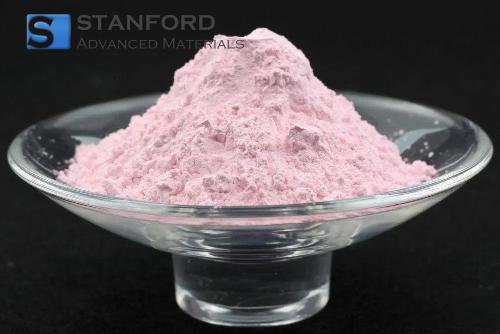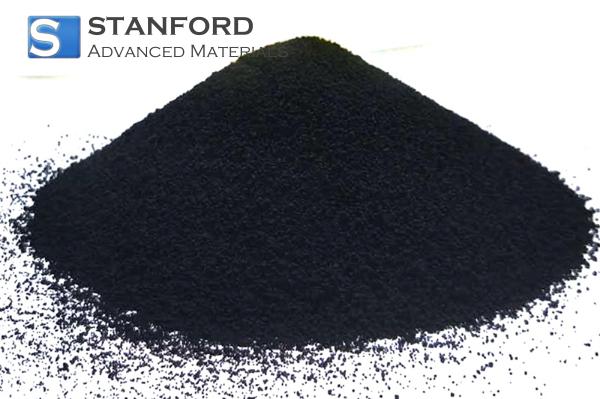Tensile Strength: Basics And Examples
What is Tensile Strength?
In engineering terms, tensile strength is the maximum stress a material can endure under tension before it fails or deforms permanently. It is a fundamental material property, particularly for metals, polymers and composite materials. This property is critical in design, material selection and product performance. Tensile strength is usually measured in units such as Pascal (Pa) or Megapascal (MPa) and indicates the material’s resistance to stress-induced failure.
Tensile Strength and Elastic Modulus
Tensile strength is often confused with the elastic modulus, but they represent different material characteristics.
- The elastic modulus measures a material’s ability to resist elastic deformation under applied stress. It indicates the extent of deformation under a specified force until the yield point is reached.
- Tensile strength denotes the maximum stress the material can sustain before breaking.
In simple terms:
- The elastic modulus specifies the stiffness of a material.
- Tensile strength specifies the load a material can support before rupture.
Both properties are essential for evaluating the performance of materials in components that are subjected to stress or load.
Factors Influencing Tensile Strength
Several factors affect a material’s tensile strength:
1. Material composition: The type and arrangement of atoms influence a material’s resistance to deformation. For instance, steel exhibits high tensile strength due to its crystalline structure, whereas some polymers display lower strengths.
2. Temperature: High temperatures reduce tensile strength because increased atomic movement lowers resistance to deformation. Conversely, very low temperatures may render some materials brittle and reduce their strength.
3. Grain structure: The orientation and size of grains in a material affect its tensile strength. Fine-grained materials usually show higher tensile strength because smaller grains provide more barriers to dislocation movement.
4. Processing methods: Techniques such as cold working or heat treatment can improve tensile strength by altering the material’s internal structure, thereby increasing its resistance to deformation.
5. Impurities and defects: Flaws, cracks or impurities serve as stress concentrators and reduce tensile strength.
6. Strain rate: The rate at which a material is extended affects its tensile strength. Faster strain rates generally yield higher measured tensile strength because the material has less time to undergo plastic deformation.
Tensile Strength of Various Materials
The tensile strength of various materials displays considerable variation. The following table lists common materials with their typical tensile strength values:
|
Material |
Tensile Strength (MPa) |
Example Uses |
|
Steel |
250 - 2 000 |
Structural beams, reinforcement bars, automotive components |
|
Aluminium |
90 - 570 |
Aircraft components, packaging, and lightweight structures |
|
500 - 1 400 |
Aerospace, medical implants and high-performance machinery |
|
|
Copper |
210 - 400 |
Electrical wiring, plumbing, and industrial applications |
|
Concrete |
2 - 5 |
Foundations, bridges and buildings |
|
Plastic (Polyethylene) |
20 - 40 |
Packaging, containers and light-duty applications |
|
3 500 - 6 000 |
Aerospace, sporting equipment and automotive components |
|
|
Wood |
30 - 150 |
Construction, furniture and joinery |
Additional materials are available at Stanford Advanced Materials (SAM).
Frequently Asked Questions
What is the difference between tensile strength and yield strength?
Tensile strength is the maximum stress a material can sustain before failure, while yield strength is the stress level at which plastic deformation begins. The yield point marks the end of elastic behaviour and the onset of permanent deformation.
Which material has the highest tensile strength?
Carbon fibre exhibits one of the highest tensile strengths, ranging between 3 500 MPa and 6 000 MPa, and is suitable for high-performance applications in aerospace and sporting equipment.
Can tensile strength be improved?
Yes, tensile strength is often improved through heat treatments, cold working or alloying processes. For example, steel may be strengthened by quenching and tempering.
How does temperature affect tensile strength?
At elevated temperatures, tensile strength is generally reduced because atomic bonds weaken, thereby lowering resistance to deformation. Conversely, metals may become brittle at extremely low temperatures, reducing their tensile strength.
How is tensile strength measured?
Tensile strength is measured using a tensile test. A specimen is stretched under controlled conditions and the stress at failure is recorded. The results indicate maximum load, yield point and related properties.

 Bars
Bars
 Beads & Spheres
Beads & Spheres
 Bolts & Nuts
Bolts & Nuts
 Crucibles
Crucibles
 Discs
Discs
 Fibers & Fabrics
Fibers & Fabrics
 Films
Films
 Flake
Flake
 Foams
Foams
 Foil
Foil
 Granules
Granules
 Honeycombs
Honeycombs
 Ink
Ink
 Laminate
Laminate
 Lumps
Lumps
 Meshes
Meshes
 Metallised Film
Metallised Film
 Plate
Plate
 Powders
Powders
 Rod
Rod
 Sheets
Sheets
 Single Crystals
Single Crystals
 Sputtering Target
Sputtering Target
 Tubes
Tubes
 Washer
Washer
 Wires
Wires
 Converters & Calculators
Converters & Calculators
 Write for Us
Write for Us





 Chin Trento
Chin Trento



